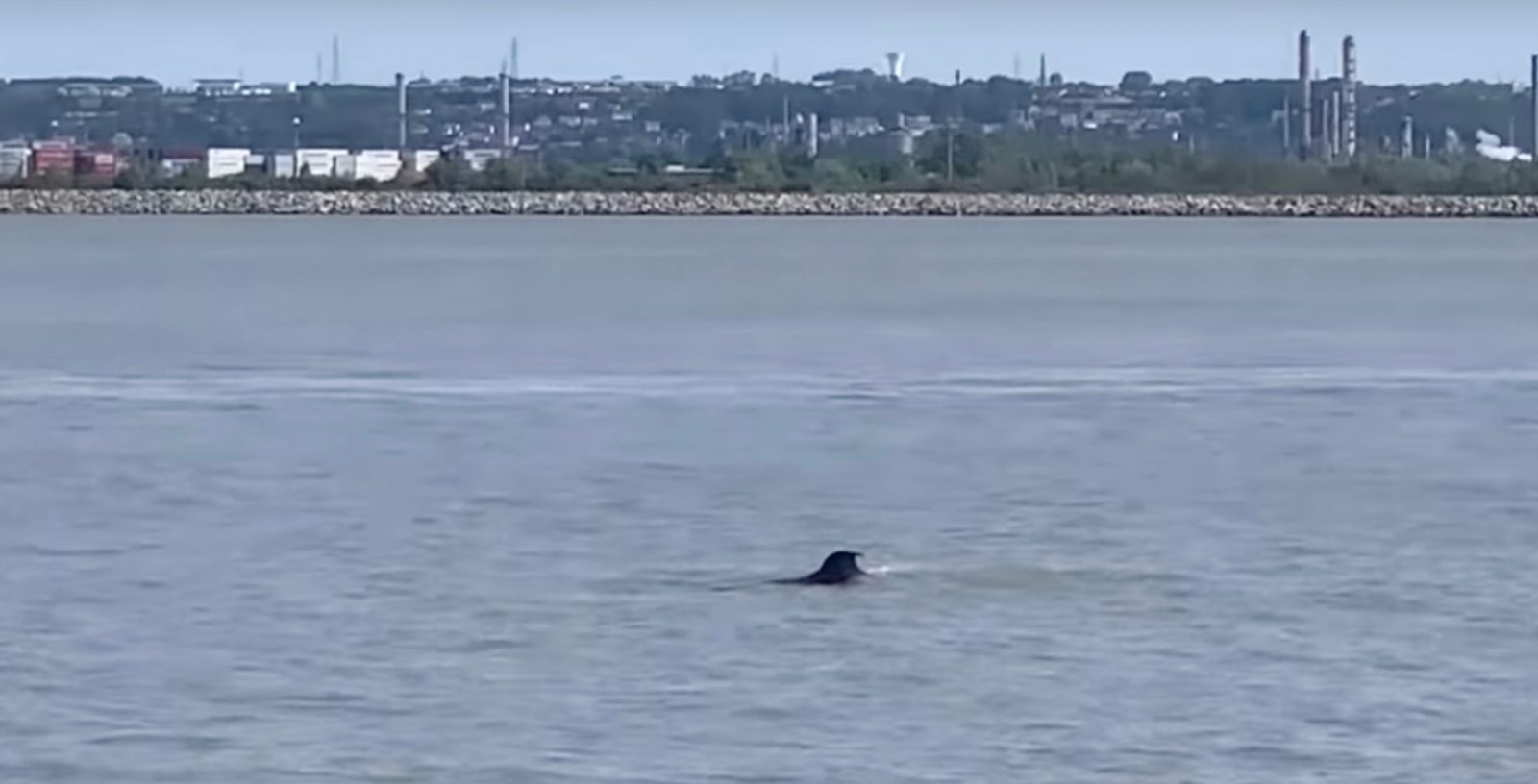
Officials in France’s Normandy region are to deploy a drone as likely their best and probably last chance to save a killer whale that has strayed far up into the fresh waters of the Seine River.
The Prefecture of Normandy’s Seine Maritime department announced a drone would be used as a “gentle method of intervention” in attempting to coax the killer whale back to the west, toward the Atlantic port of Le Havre where it was first spotted May 16. After meeting with marine biology experts and environmentalists to discuss using a trio of boats to herd the orca in the right direction, officials chose the aerial option as preferable.
Read: Drone videos end of marathon effort to free ensnared gray whale
The UAV, they said, will permit effective visual monitoring from on high that won’t further alarm the vulnerable creature. More importantly, the drone will also broadcast recorded calls of other killer whales through a speaker to lure the stranded orca toward the coast.
Authorities described the four-foot male as “extremely weakened,” and called its “chances for survival particularly slim.”
The mammal’s health has deteriorated from its nearly two-week exposure to fresh water, as well as the over 60 km it has traveled inland as far as the city of Rouen. Added to that are the many back-and-forth treks the orca has made as it seeks the way to the ocean in vain.
“The use of these non-invasive methods, from several hundred meters (feet) away, will avoid having to deploy ships in the immediate proximity of the animal, which could aggravate its stress and endanger it survival, as well as the safety of rescuers,” said the prefecture said in a tweet Friday evening announcing the decision to go with a drone.
The drone is expected to be deployed near the orca over the weekend in the hopes its broadcast of audio encouragement from other killer whales will entice it to follow the calls back out to sea.
Read: Drone videos end of marathon effort to free ensnared gray whale
Use of drones to monitor, tag, identify, and otherwise study whales has been on the rise in recent years as a relatively non-invasive technique of nearing the mammals without disturbing them.
Last month, marine biologists used a DJI M210 outfitted to drop suction cup-equipped tags on the backs of breaching whales, which they called a gentler alternative to chasing the creatures in boats and applying the tracking devices from long poles.
FTC: We use income earning auto affiliate links. More.



Comments